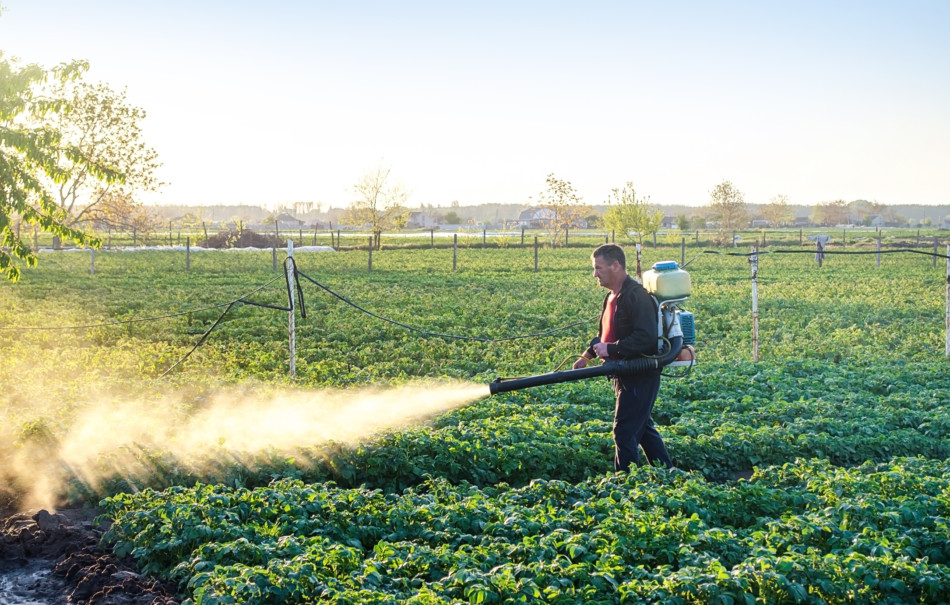Nutrients are among the most important things plants need to achieve their growth potential. The way to provide them with nutrients is by introducing fertilizers. The problem is that traditional fertilizer application methods can be wasteful, and when excess fertilizer reaches other parts of the ecosystem, it could harm the environment, according to Mike Straumietis, Founder and CEO of Advanced Nutrients.
Fertigation was developed to address the problems brought about by traditional fertilization. The term “fertigation” is a portmanteau of fertilizer and irrigation. It is an efficient means of supplying plants with the nutrients they require. In the process of fertigation, fertilizers are injected into the irrigation system through soil amendments, water amendments, or other water-soluble products.
The technologies of fertigation have been used for several decades. They have proven to be a popular practice among growers, farmers, and other agriculture professionals who seek sustainability and streamline the process involved in cultivating plants.
Research has shown that fertigation has improved nutrient-use efficiency, one of the metrics used in agriculture to help find ways to maximize their yields. It measures the crops’ ability to take up nutrients from the growing medium and how much of the nutrients are utilized.
According to Mike Straumietis, fertigation has proven effective in enhancing nutrient-use efficiency by synchronizing nutrient supply with crop demand. In conventional fertilization practices, granular fertilizers are typically applied once or a few times during the growing season. Fertigation allows farmers to regularly provide the plants with the appropriate amount of nutrients.
Recently, researchers have compared fertigation and granular fertilization of strawberries. The results were that fruit yield and plant biomass were significantly higher in the group where fertigation was applied. Fertigation proved more beneficial because the required nutrients were delivered more uniformly to the root zone as the crop required them. In a 2004 study comparing fertigation and traditional soil application methods on squash, scientists observed that shoot biomass and yield were greater when nitrogen-based nutrients were supplied through fertigation. Recent research also showed that crop yield, on average, saw an increase of around 12 percent with fertigation, with the crop yield of potatoes increasing by over 40 percent.
Fertigation has also been known to decrease the level of groundwater contamination since nutrients are fed directly to the roots. Furthermore, Mike Straumietis notes that fertigation makes creating an efficient nutrient management plan more feasible. As a result, growers can minimize fertilizer use, which reduces the number of nutrients that are washed off. With lower risks of run-off, there is also a minimal risk of experiencing groundwater contamination.
In addition, farmers who use fertigation have seen a decrease in water usage. Using fertigation technology means implementing an irrigation system to deliver water to plants. For centuries, irrigation methods have helped farmers conserve water.
Today, one of the most efficient irrigation systems is drip irrigation. Studies have shown that it typically uses less than half the water required for overhead and furrow irrigation. Mike Straumietis mentions that fertigation has proven to be effective in farms that experience water scarcity due to arid climates. Drip irrigation can lower water input by up to 70 percent compared to when an average sprinkler is used.
Decreased water usage can also bring other advantages, such as a reduced rate of disease among plants. Because water contact with above-ground crop growth, like fruits, leaves, and stems, is minimized, the conditions where diseases can breed are less favorable.
Mike Straumietis has also observed that fertigation has reduced the need for labor.
Since most fertigation systems are managed or operated by automated controls and designed to disburse nutrients through various pieces of machinery, there is a reduced need for manual labor. This can help growers save both time and energy.
In a 2018 study on sugarcane growth, researchers saw an increase in the benefit-to-cost ratio due to fertigation decreasing labor time.
Fertigation can also improve a farmer’s bottom line because split fertilizer applications that utilize conventional feeding methods are usually costly and can help minimize the labor costs associated with the traditional ways of providing crops with fertilizer, Mike Straumietis adds.







